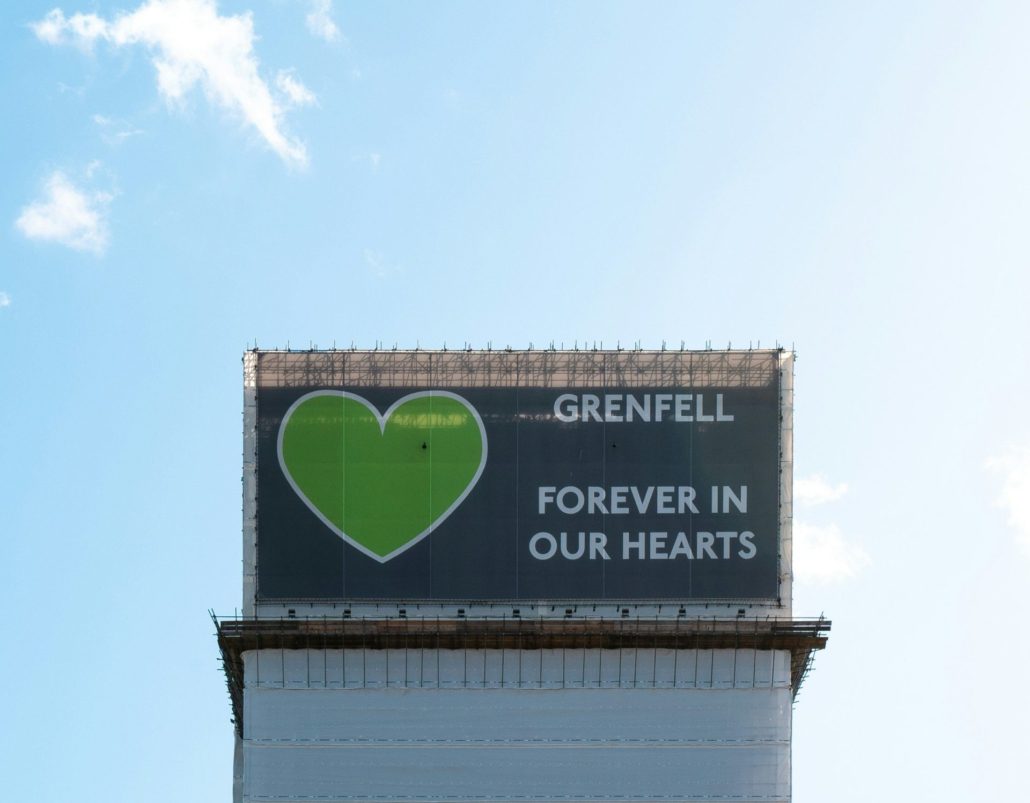
On the night of June 14, 2017, tragedy struck London as the Grenfell Tower, a residential high-rise, became engulfed in flames and claimed 72 lives. As we reflect on the lives lost in this harrowing event, we must also acknowledge the lessons it has taught us.
In the aftermath of Grenfell, serious questions arose regarding the building’s safety standards and the systemic failures that contributed to the disaster. The tragedy brought to light significant issues related to housing, poverty, and marginalisation, revealing that the most vulnerable among us are often the most at risk. This sparked a movement for change which involved a re-evaluation of building regulations and fire safety protocols, prompting governments and institutions to take concrete steps to prevent similar tragedies from occurring in the future.
A primary focus of the government’s efforts has been identifying and addressing buildings that share the same flammable ACM cladding that was responsible for spreading the fire at Grenfell.
As of December 2023, 96% of the 496 high-rise buildings with ACM cladding have either started or completed remediation work.
Despite these efforts, the ban on combustible materials remains limited to the external walls of buildings, primarily because flammable cladding accelerates vertical fire spread. However, the removal of external wall cladding overshadows the many fire risks that exist in other parts of a building that contain these types of flammable materials.

Statement
One of the most significant legislative changes is the introduction of the Building Safety Act 2022. This comprehensive piece of legislation establishes a new regulatory framework for high-rise residential buildings. The Act mandates the creation of a Building Safety Regulator, who is responsible for overseeing the safety and performance of buildings. The Building Safety Regulator has extensive powers to enforce compliance with safety standards and to hold those accountable for breaches. The Act also introduces a more stringent regime for the design and construction of buildings, ensuring that safety is a paramount consideration from the outset.
Additional changes to legislation
Fire Safety Act 2021: Clarifies that fire risk assessments must include the external walls and flat entrance doors of multi-occupancy residential buildings, ensuring that all potential fire risks are considered.
Ban on Combustible Materials: The use of combustible materials in the external walls of high-rise buildings has been banned, addressing one of the key factors in the spread of the Grenfell tower fire.
Residents Rights: New provisions have been made to improve the rights of residents in high-rise buildings, ensuring they are informed about building safety measures and have a say in safety-related decisions.
Enhanced Accountability: There is now a greater emphasis on the accountability of those involved in the construction and management of buildings, with clearer responsibilities and stricter penalties for non-compliance.
Latest News
Riskex Limited
BizSpace
Linford Forum
18 Rockingham Drive
Milton Keynes
Buckinghamshire
MK14 6LY
What3words reference:
Contact us
Make an enquiry:
Company No. 05174302
VAT No. 844 5092 22


